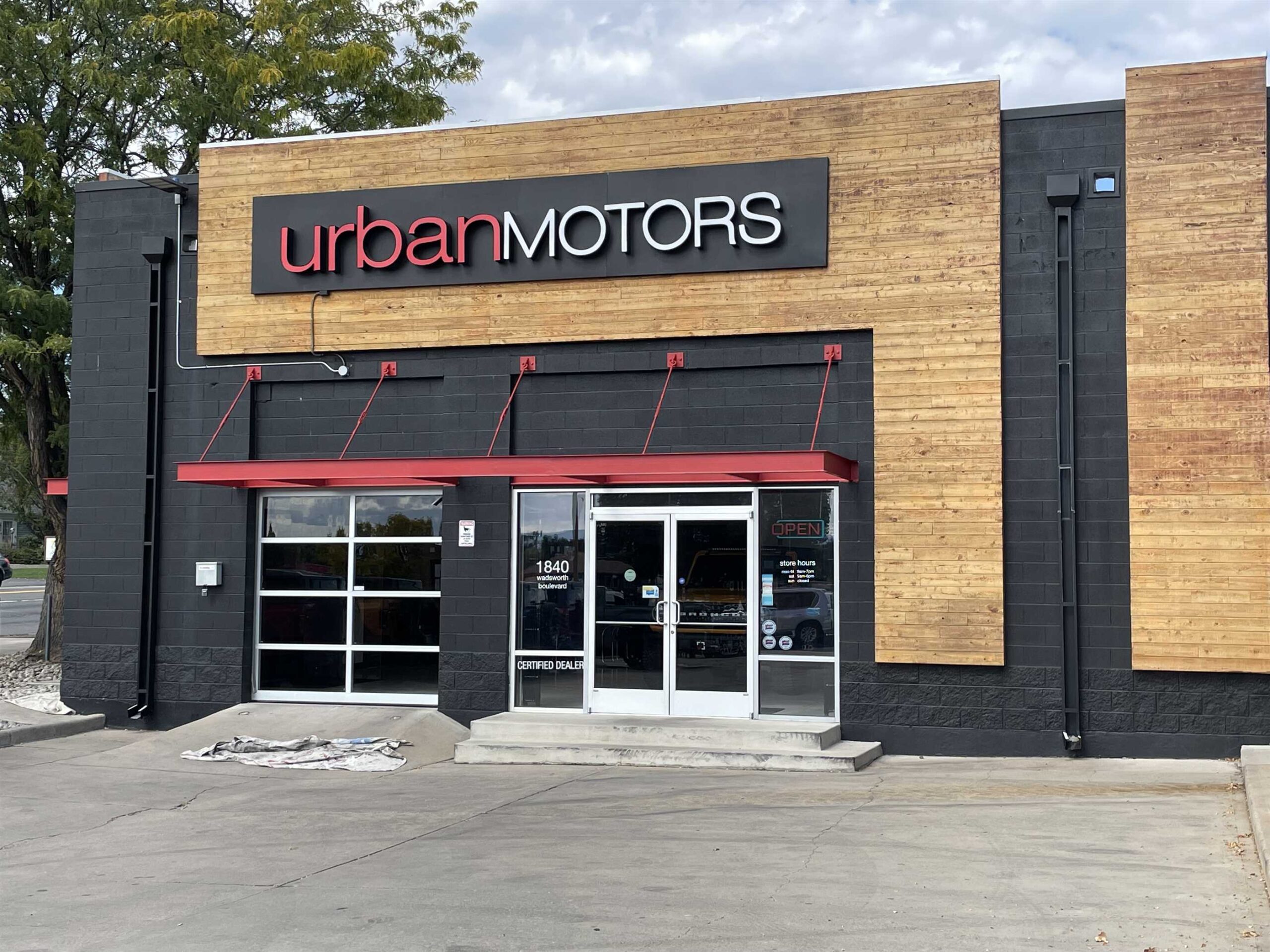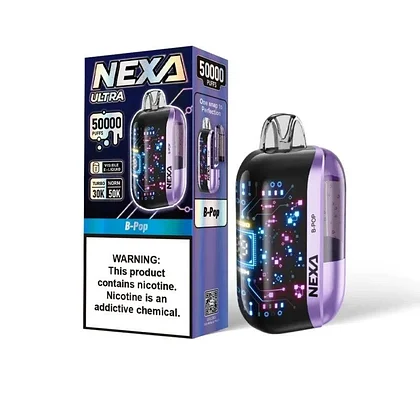When it comes to maintaining a safe and healthy home, many homeowners overlook one critical concern: lead paint. Homes built before 1978 are likely to contain lead-based paints, which can be hazardous, particularly to children and pregnant women. lead abatement San Antonio TX is the process used to eliminate or reduce lead hazards in these homes, and it’s crucial for creating a safer living environment.
In this article, we’ll explain what lead abatement is, why it’s necessary, and how lead paint removal can protect your family from lead poisoning. By the end, you’ll understand the steps you can take as a homeowner to ensure your living space is free of this toxic material.
What Is Lead Abatement, and Why Is It Important?
Lead abatement refers to a series of actions aimed at reducing or eliminating lead hazards in a home. While lead removal involves physically taking out or encapsulating lead-based paint, lead abatement can also include additional strategies like cleaning lead dust, repairing surfaces, and covering contaminated areas to ensure that lead is no longer a danger.
The Danger of Lead in Your Home
Lead is a toxic metal that was once widely used in paint, pipes, and other household products. Over time, however, it has been linked to a range of health issues, especially in children, including:
• Cognitive delays
• Behavioral problems
• Learning disabilities
• Growth impairment
In adults, lead exposure can result in:
• High blood pressure
• Kidney damage
• Reproductive problems
That’s why proper lead paint removal and lead abatement are essential. Ignoring these risks can have long-term consequences for your health and the health of your family.
How to Identify Lead Paint in Your Home
If you live in a home built before 1978, the chances are high that it contains lead-based paint. However, it’s important to understand that not all old paint is dangerous—what matters is whether the paint is intact or deteriorating. Lead paint removal should be considered if the paint is chipped, cracked, or deteriorating, as it can create hazardous lead dust.
Signs You Need Lead Abatement
Look for these warning signs that could indicate the need for lead abatement:
• Peeling or chipping paint on windowsills, doors, or trim
• Lead dust in areas with frequent wear and tear (such as doorways or windows)
• Renovations or repairs in older homes that may disturb lead-based paint
• Unusual health symptoms in children or pets, such as unexplained fatigue, stomachaches, or irritability
If you notice any of these signs, it’s time to consider lead removal to protect your home and family.
The Process of Lead Abatement: What to Expect
Lead abatement involves several steps to safely remove or contain the lead hazards in your home. It’s a job best left to trained professionals, but understanding the process can help homeowners make informed decisions about what needs to be done.
1. Risk Assessment
Before starting lead paint removal, a licensed professional will conduct a risk assessment to determine if there are lead hazards in your home. They will test surfaces like walls, windowsills, and doors to check for lead-based paint.
2. Containment
During the lead abatement process, the affected areas will be sealed off to prevent lead dust and debris from spreading to other parts of the home. Professionals will set up protective barriers and use specialized equipment to create a contained environment.
3. Removal or Encapsulation
The next step is the actual lead paint removal. There are a few methods to choose from:
• Chemical removal: Using solvents to break down and remove lead-based paint.
• Mechanical removal: Sanding or scraping to physically remove the paint.
• Encapsulation: Applying a special paint or coating that seals in the lead, preventing further exposure.
The right method will depend on the extent of the lead contamination and the surfaces involved.
4. Cleaning and Post-Abatement Testing
Once the lead hazards have been removed, the area is thoroughly cleaned to eliminate any remaining lead dust. Post-abatement testing is conducted to ensure that all lead has been safely eliminated from your home.
5. Final Inspection
A final inspection is conducted to confirm that the lead abatement process has been completed successfully and that your home is now safe from lead hazards. This inspection may include additional testing to ensure that lead levels are below the safe threshold.
DIY vs. Professional Lead Abatement: Which Option Is Right for You?
While some homeowners might be tempted to tackle lead paint removal themselves, it’s important to consider the risks involved. Lead abatement requires specialized knowledge, equipment, and protective measures to prevent contamination. Here’s a quick breakdown of the pros and cons of DIY versus professional lead removal:
DIY Lead Paint Removal
Pros:
• Lower upfront cost
• You control the process
Cons:
• Risk of lead exposure to you and your family
• Incomplete removal or improper handling of lead dust
• Potential legal implications if not done according to local regulations
Professional Lead Abatement
Pros:
• Expert knowledge and proper equipment
• Safe, thorough removal that complies with regulations
• Certified professionals ensure complete containment and cleanup
Cons:
Higher initial cost
For the sake of your family’s health and your home’s long-term safety, hiring a certified professional for lead abatement is generally the best option.
Lead Abatement Costs: What Homeowners Need to Know
The cost of lead paint removal and lead abatement can vary widely depending on the extent of contamination, the size of your home, and the methods used. On average, you can expect to pay between $8 to $15 per square foot for full lead removal services. It’s essential to get multiple quotes from licensed professionals to ensure you are getting a fair price.
Factors That Affect Cost:
• Size of the home: Larger homes will cost more to treat
• Extent of lead contamination: Heavily contaminated areas will require more intensive treatment
• Accessibility of areas: Hard-to-reach places like high ceilings or narrow spaces may increase costs
• Local regulations: Certain cities or states may have additional requirements that impact the price
Conclusion
Lead abatement is a crucial step in ensuring the safety and health of your home, especially if you live in an older property. Lead paint removal and other abatement measures help eliminate the risk of lead exposure, which can have serious health consequences for both children and adults.
By understanding the risks of lead and knowing the steps involved in lead removal, you can make informed decisions about how to protect your family and create a safer living environment. Whether you decide to DIY or hire professionals, taking action to address lead hazards in your home is essential for your family’s health and well-being.
If you’re concerned about lead in your home, don’t hesitate to consult with a certified lead abatement Hollywood CA professional. A safer home is within reach, and the peace of mind that comes with knowing your home is free from lead is invaluable.



